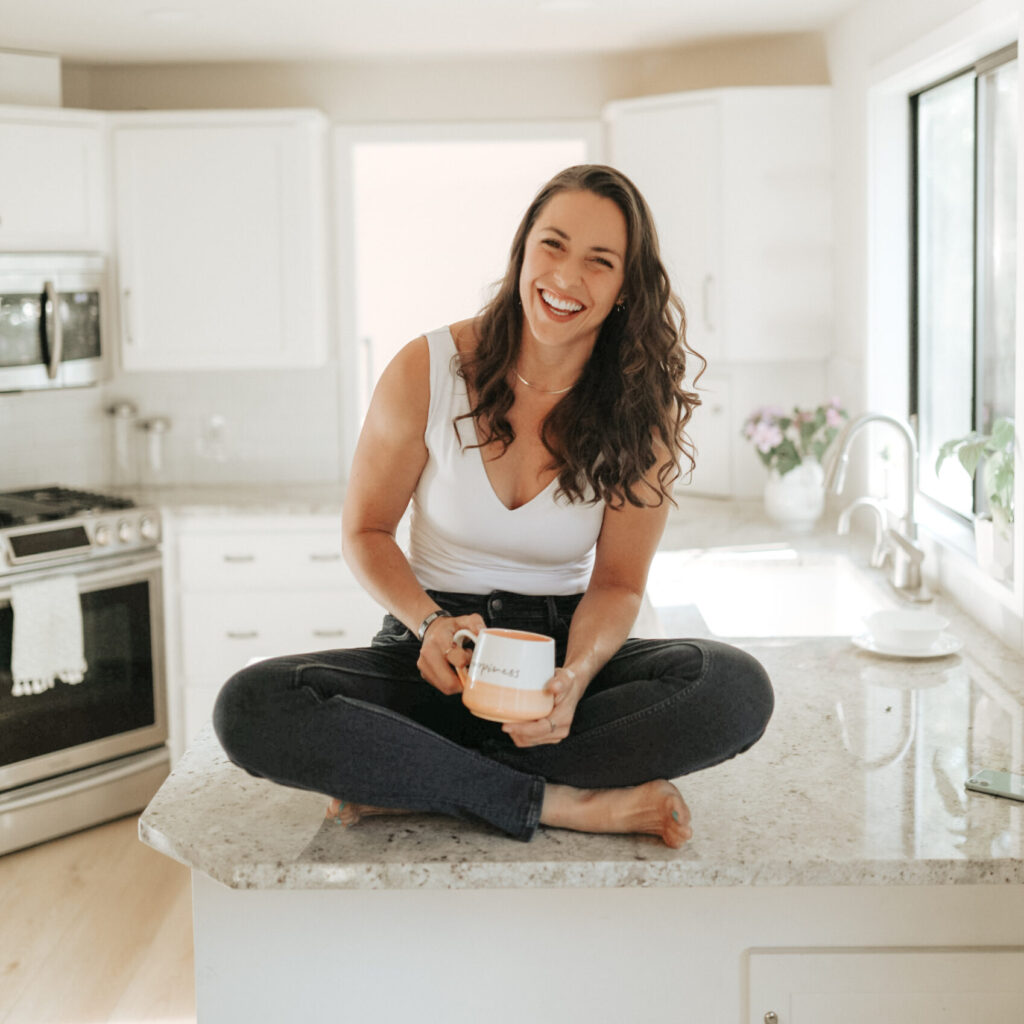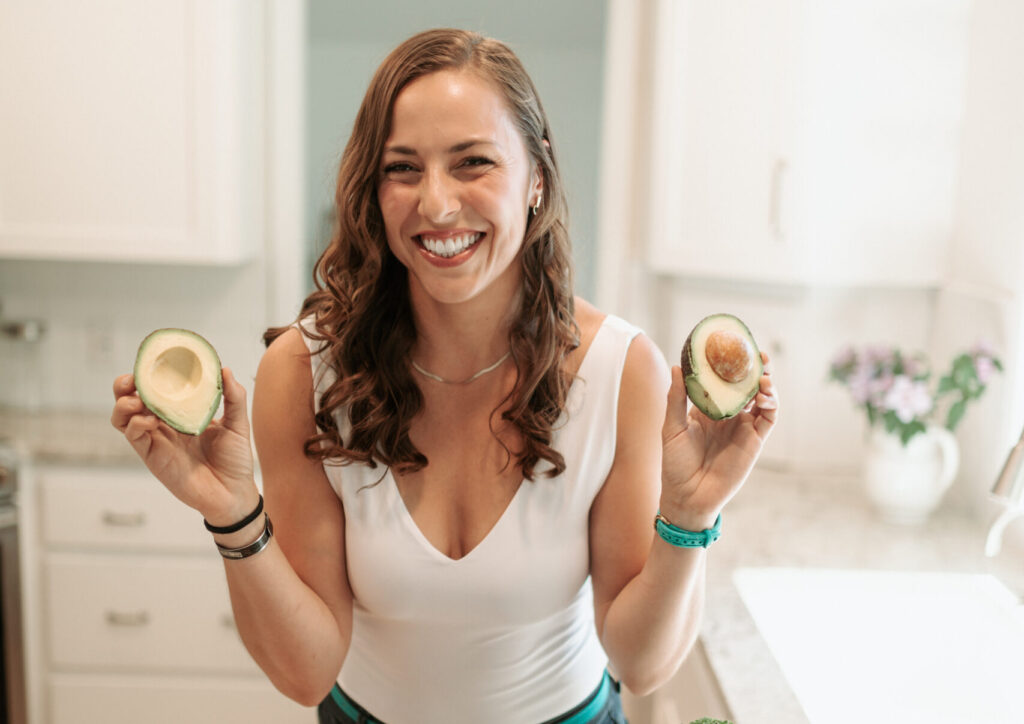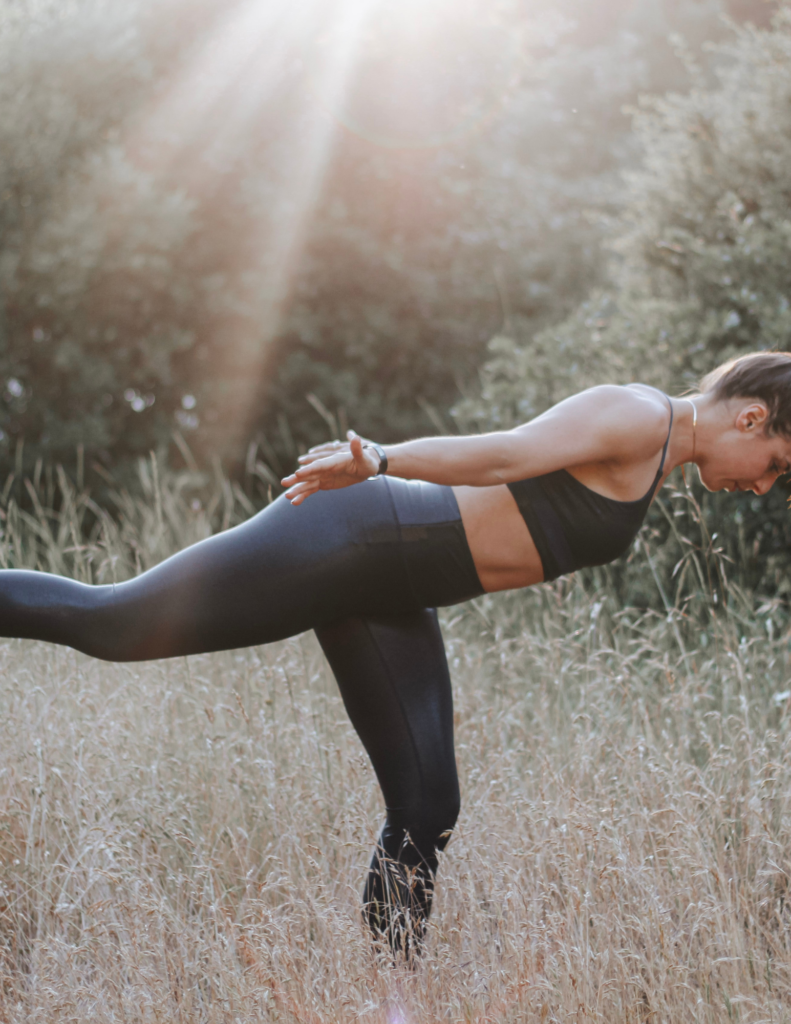
The number of joints requiring stabilization can increase or decrease the difficulty of the exercise. This concept doesn’t solely involve the core – but also involves stability from other joints in the movement chain. Each variation of working up from seated requires stabilization or control of more joints as you come higher off the floor, which in turn increases the difficulty of the exercise to an extent.
BODY POSITIONS IN ORDER OF DECREASED STABILITY
- SEATED
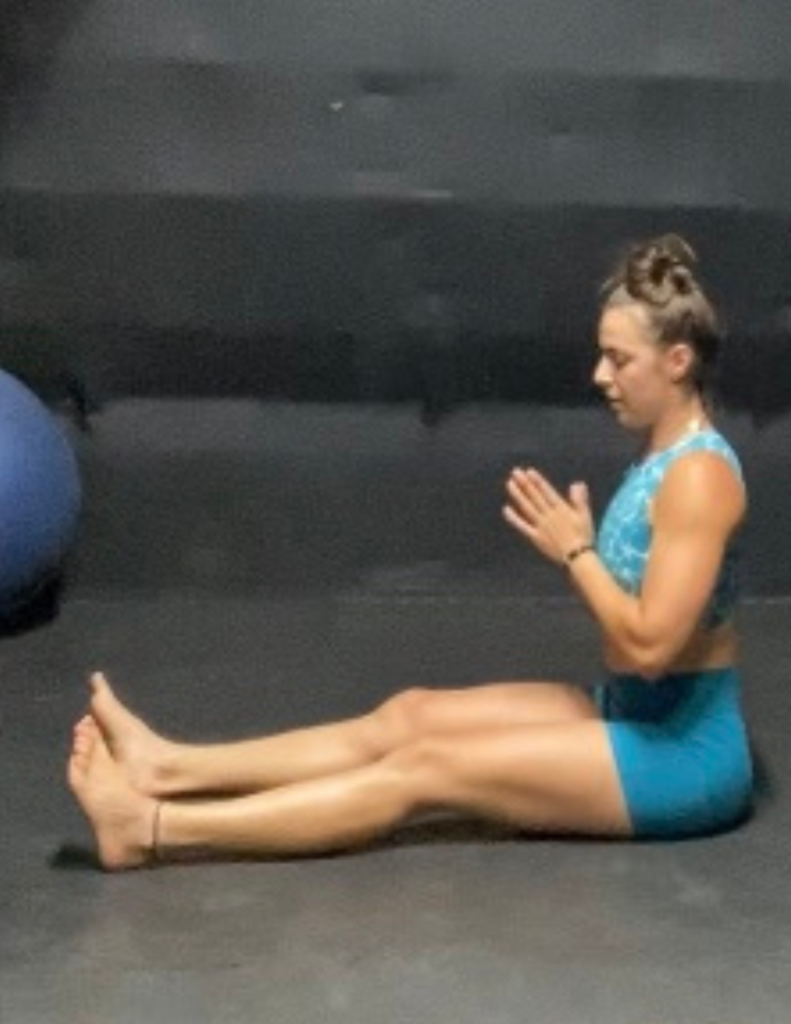
Only the trunk requires stabilizing here as any joint from the pelvis and below is uninvolved.
- QUADRUPED: ANTI-EXTENSION/ROTATION
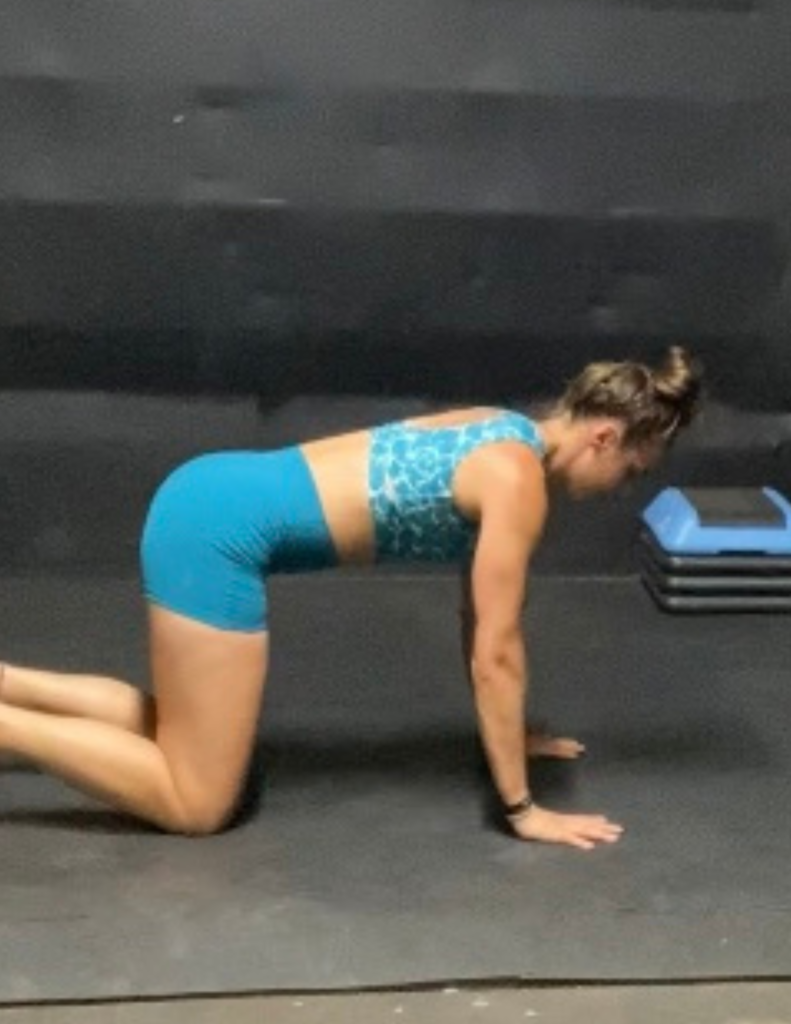
With 6 points of contact, this remains a fairly stable position only requiring the spine to work from anti-extension, however, a point of contact can be removed to create work in other planes like rotation.
- PRONE (FACE DOWN)
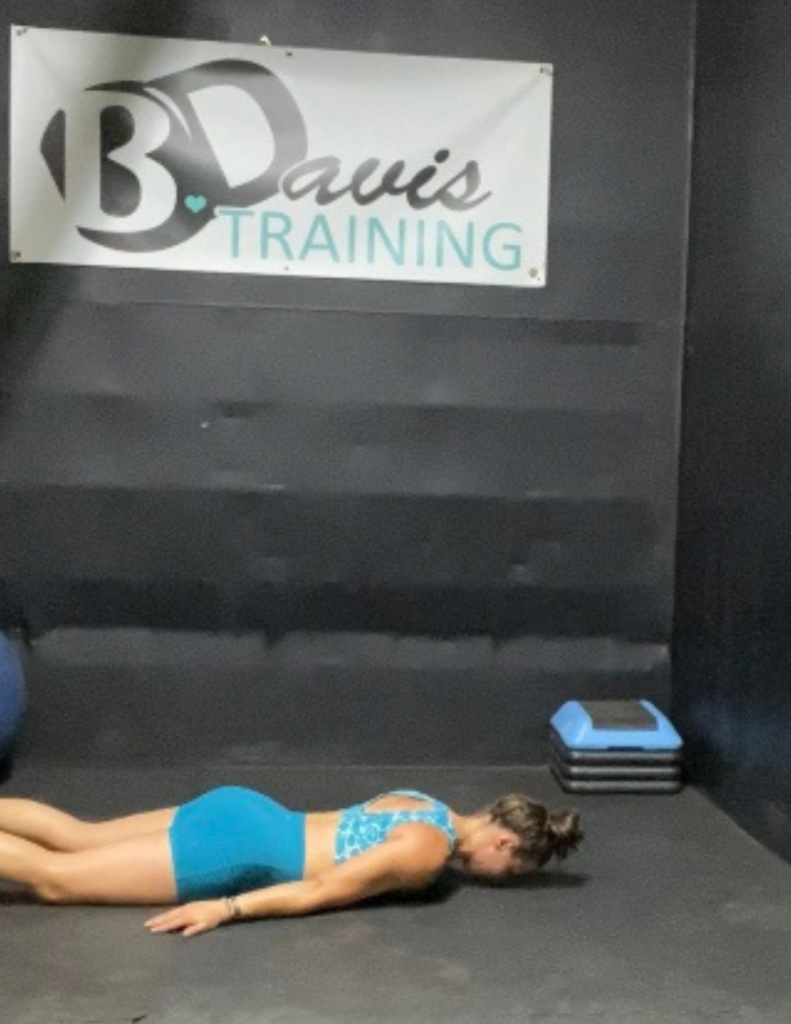
This position can be used as an anti-flexion exercise or elevated to hands & feet or knees to be turned into an anti-extension exercise with 4 points of contact (plank).
- SUPINE LYING
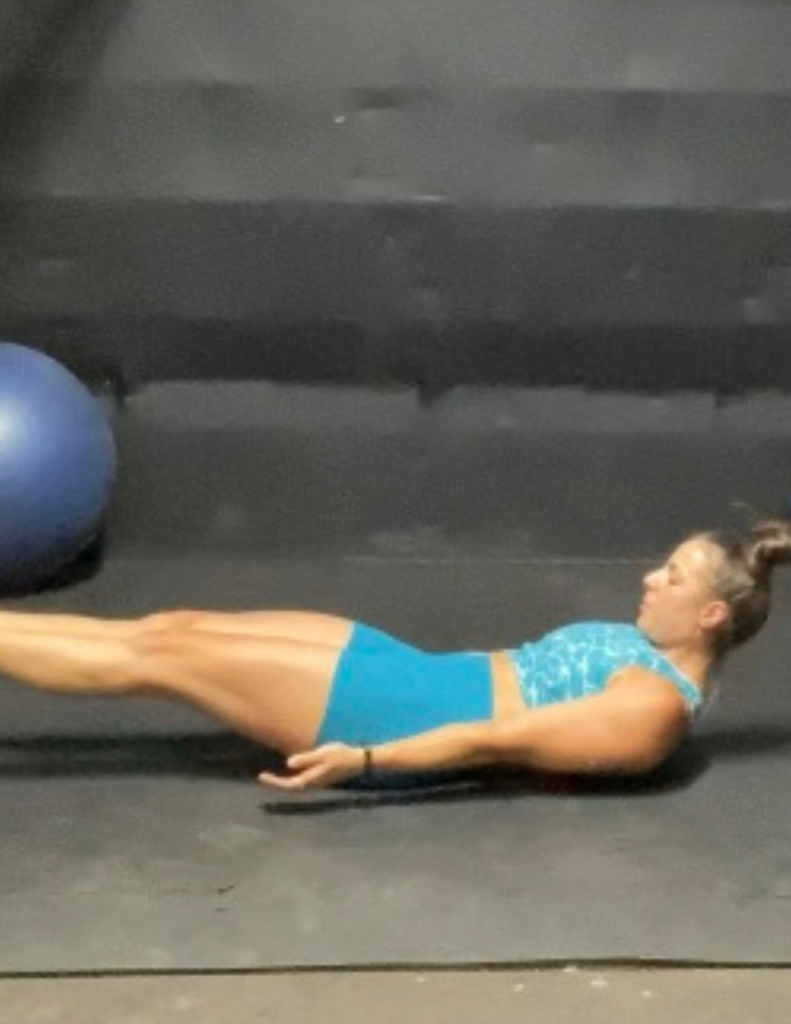
With full stability on the spine, this will only require stabilizing in one direction from the trunk and pelvis: anti-extension
- SIDE-LYING
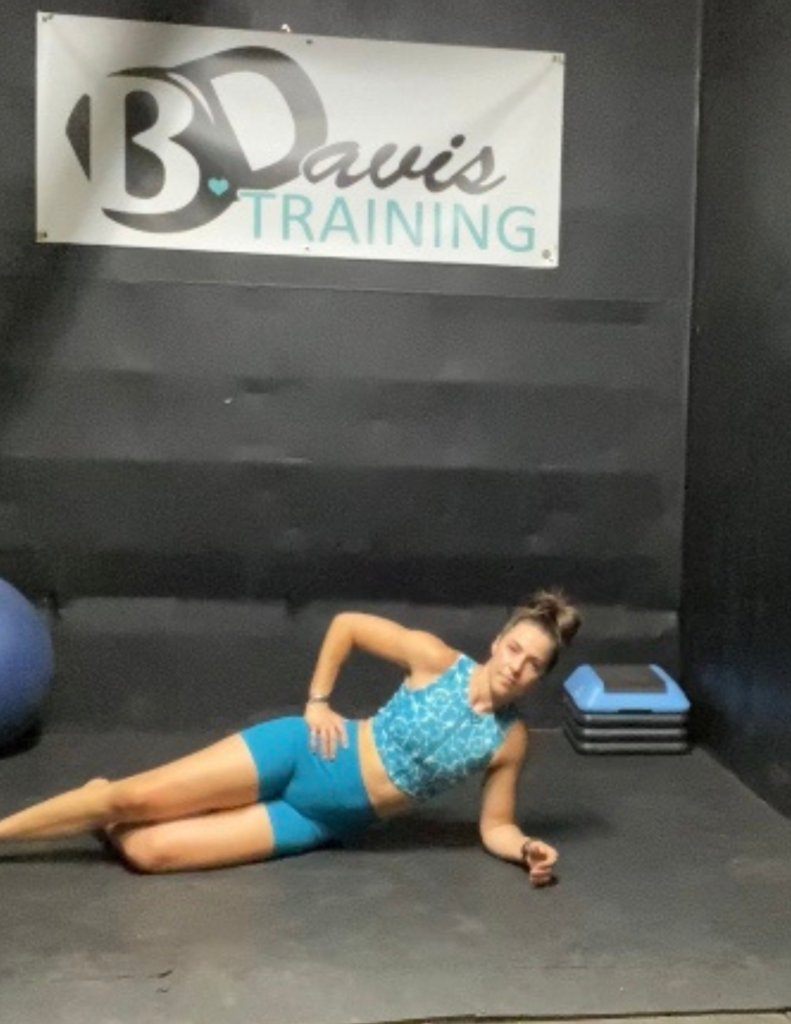
Two points of contact, with resistance in lateral flexion requiring stabilization from one hip and trunk.
- TALL KNEELING
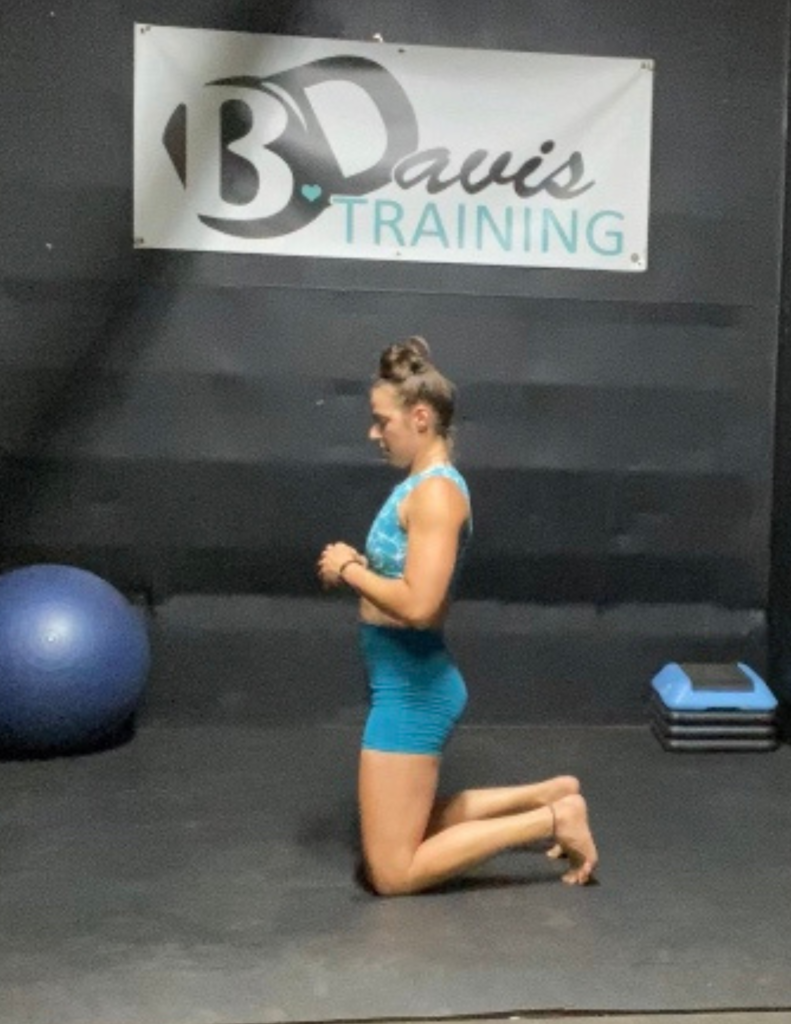
2 points of bilateral (both sides) contact with feet and knees require the pelvis and trunk to stabilize in rotation from laterally placed resistance (from the side).
- 1/2 KNEELING
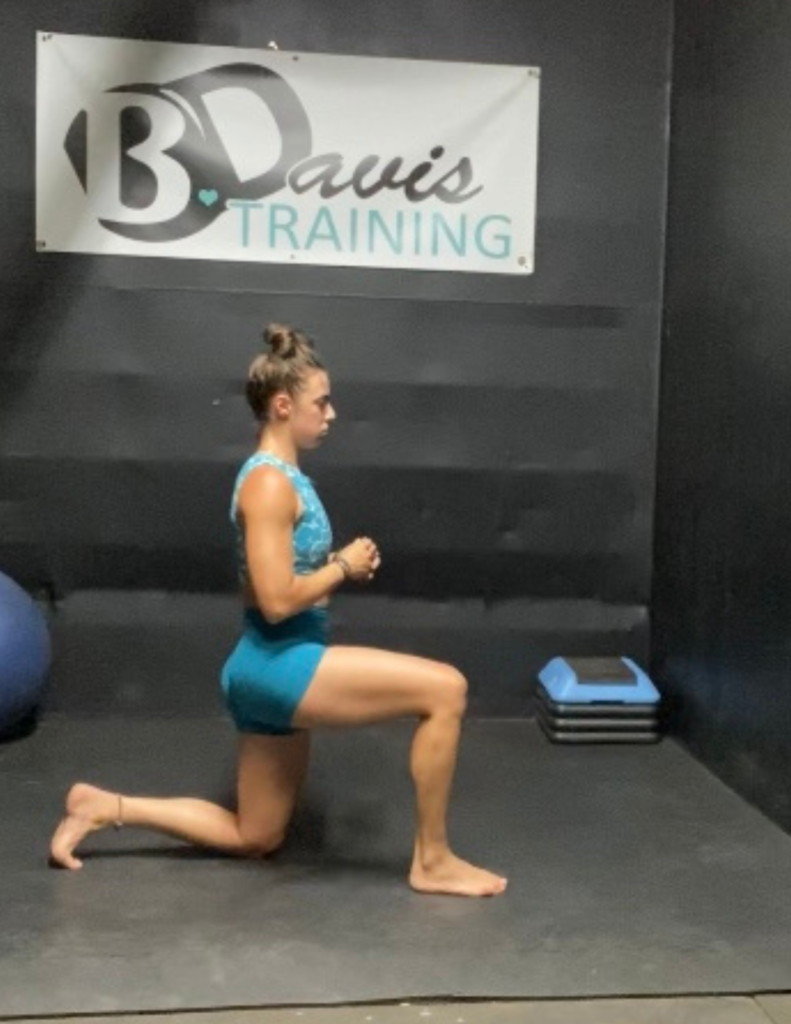
Still, maintain 4 points of contact, but they’ve been narrowed, moved to a “straight line” vs “a box”, and now require stabilization from the knee, pelvis, and trunk.
- STANDING
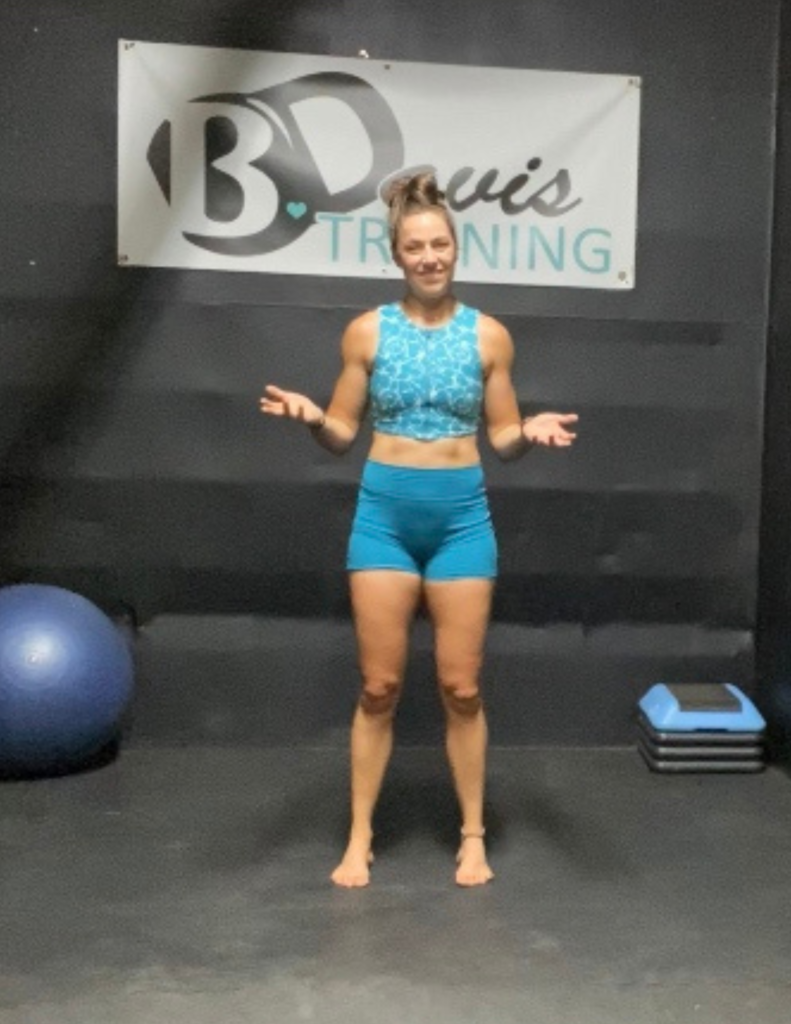
Down to 2 points of contact requiring stabilization from feet, knees, pelvis, and trunk.
- SINGLE LEG
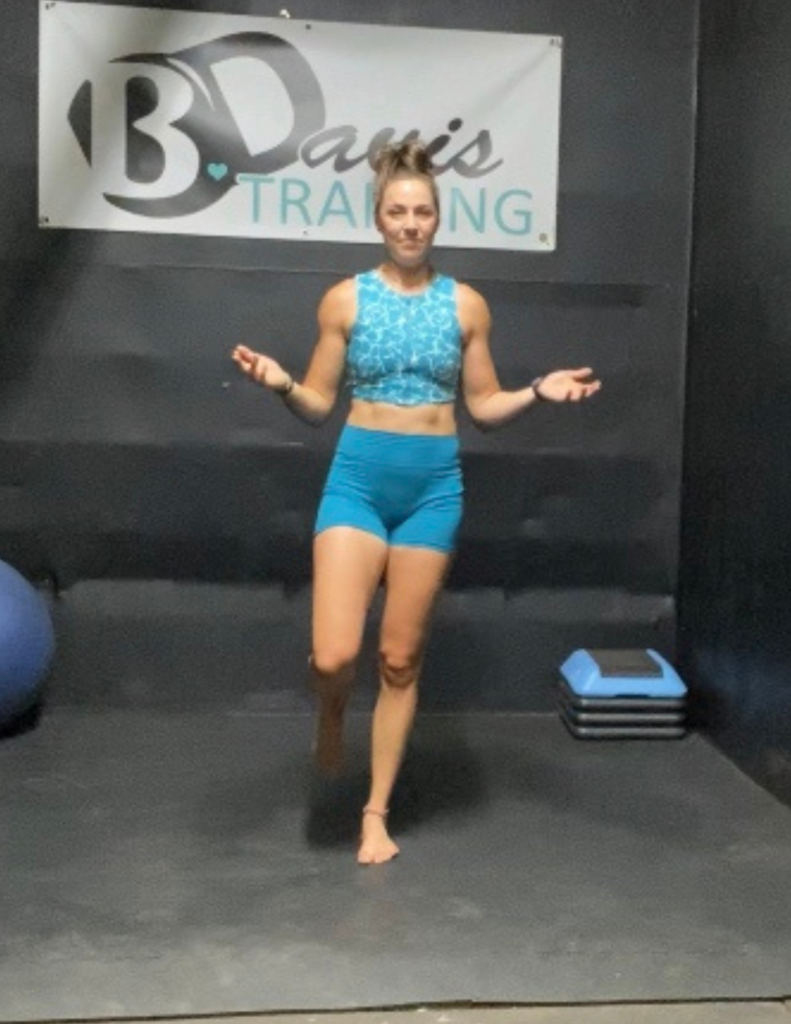
The most unstable position with one point of contact, requiring stabilization from ankles, knees, hips, and spine.

